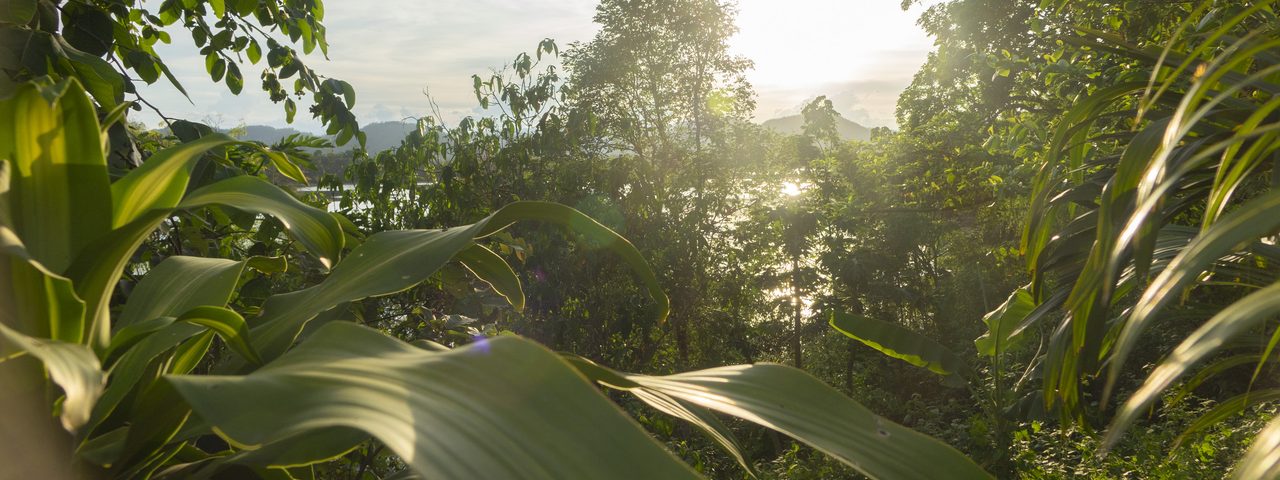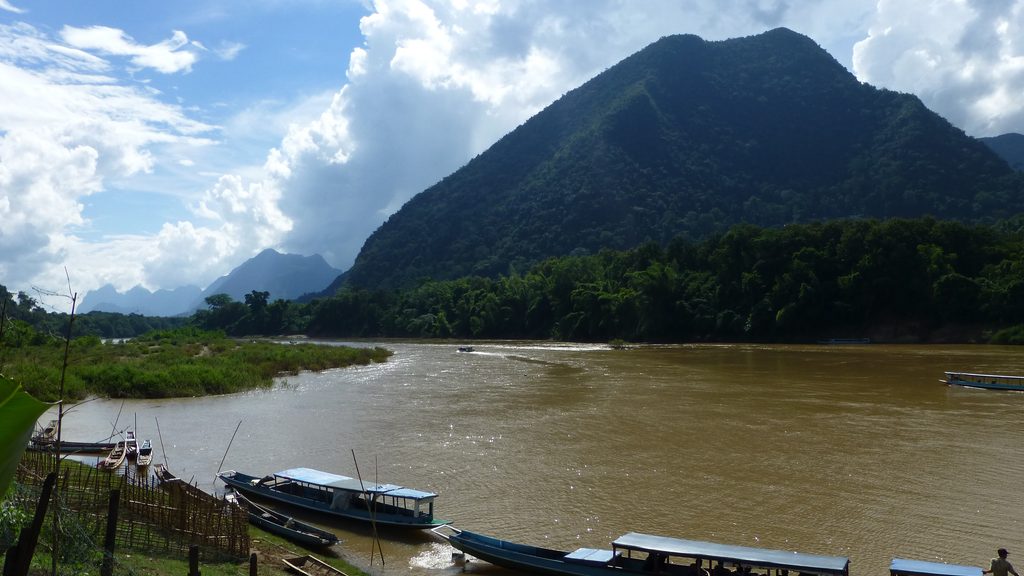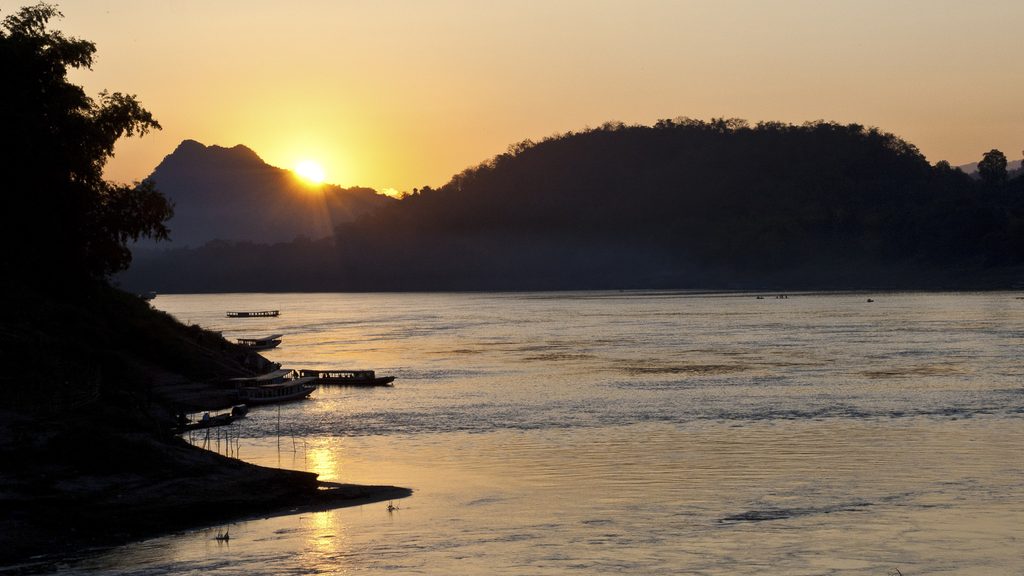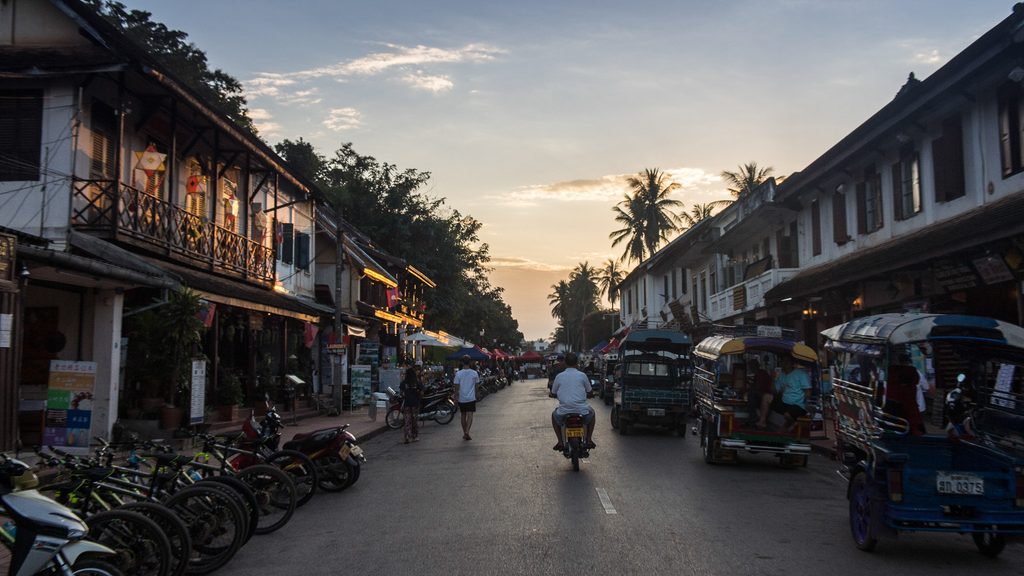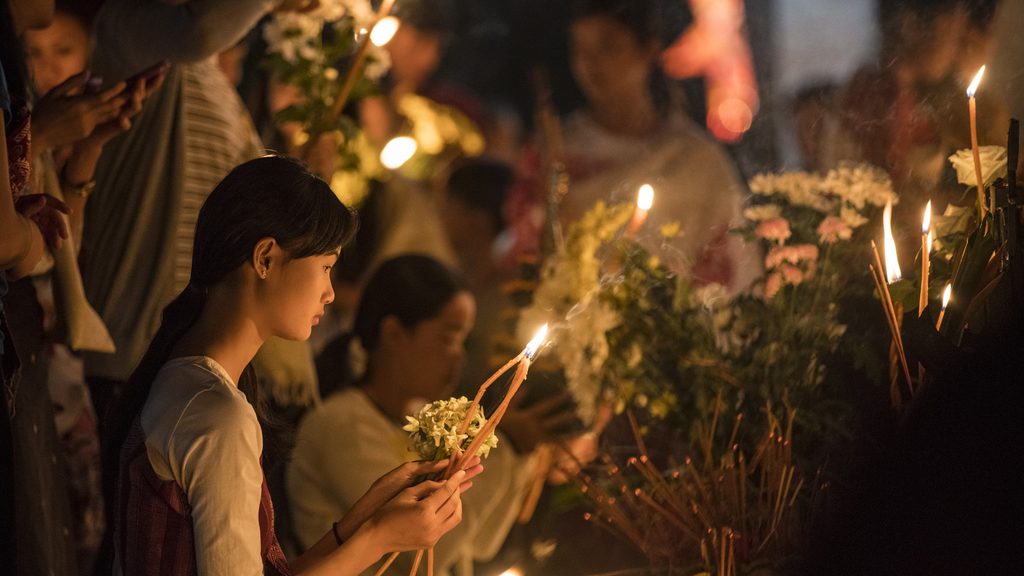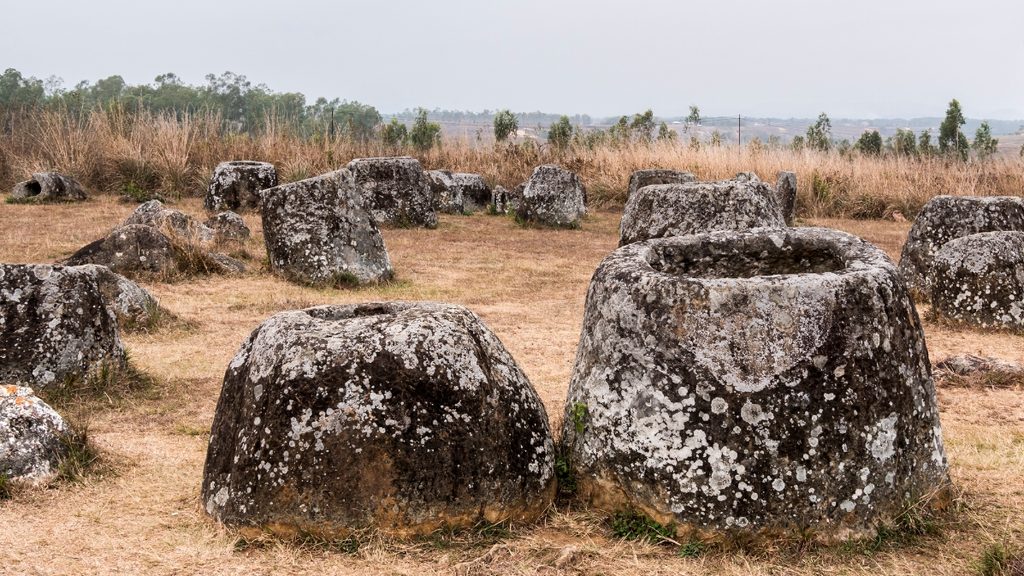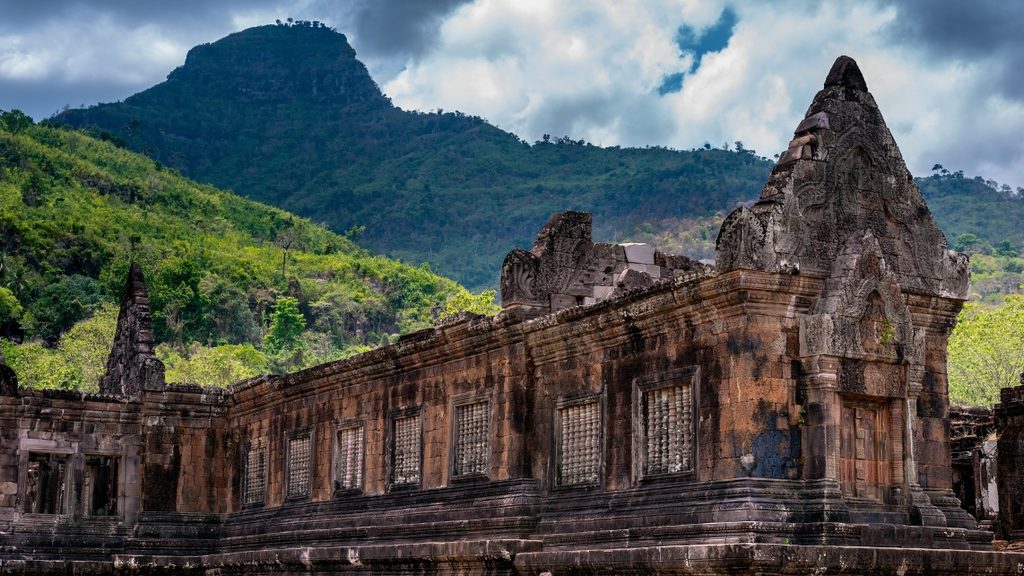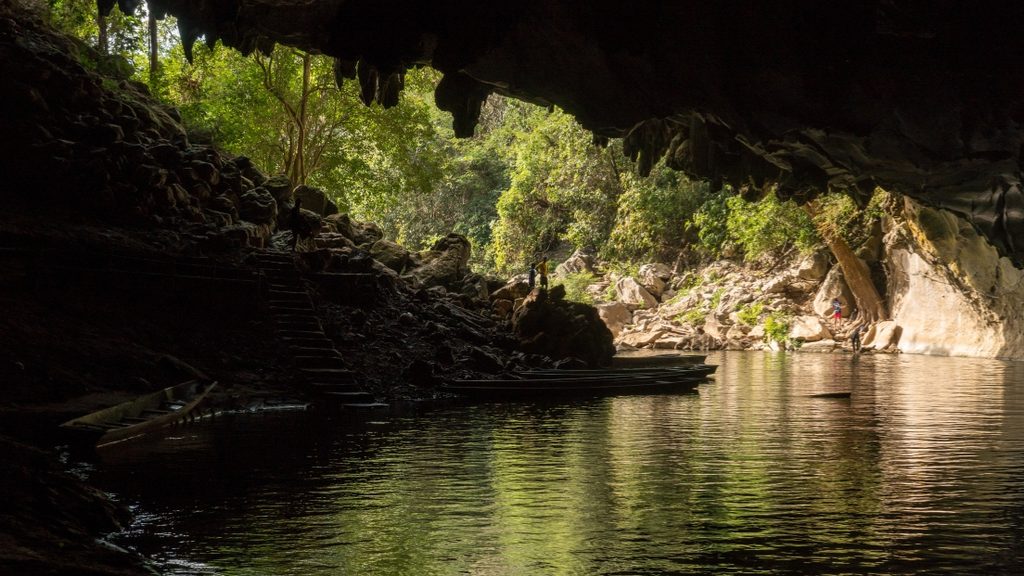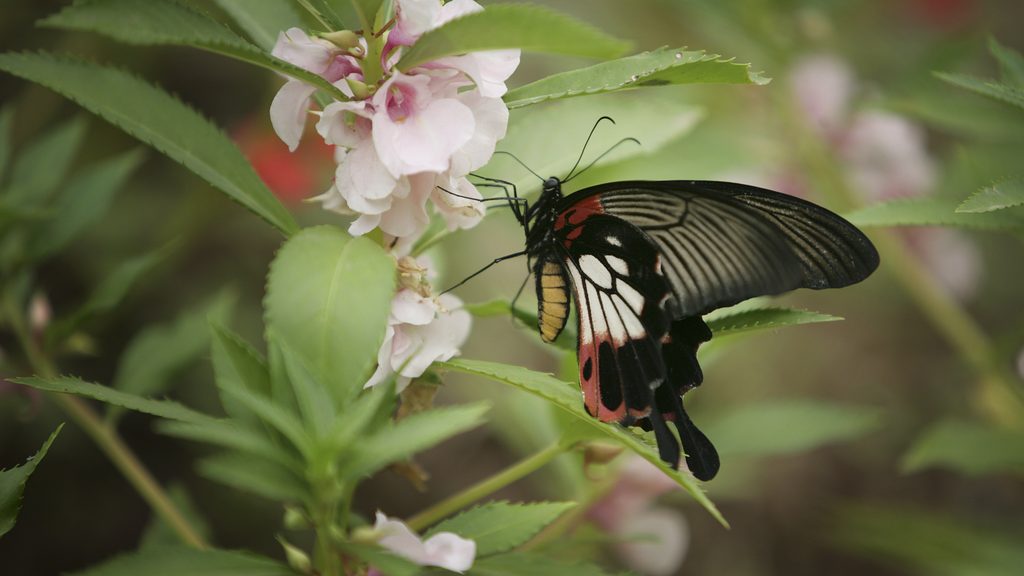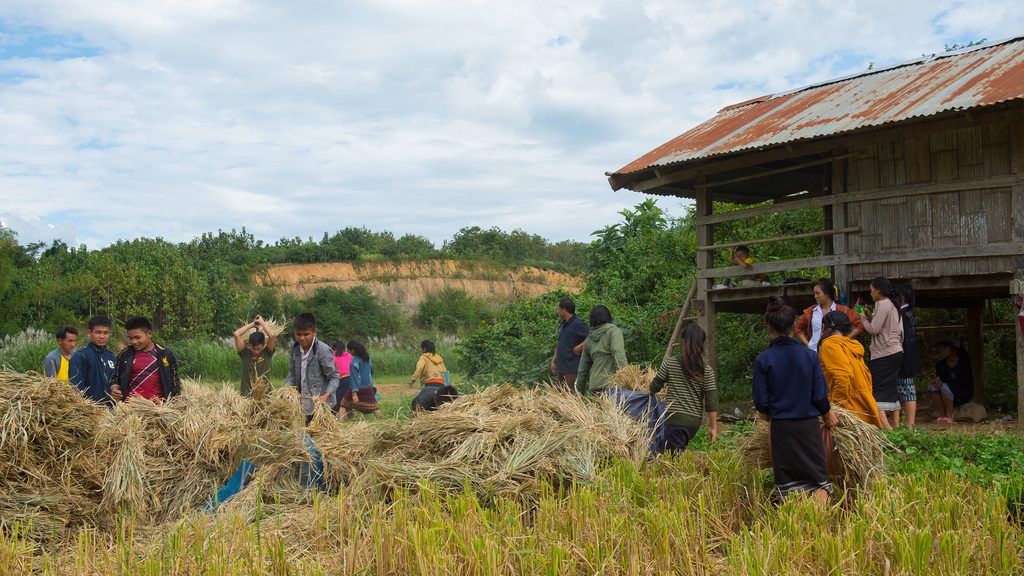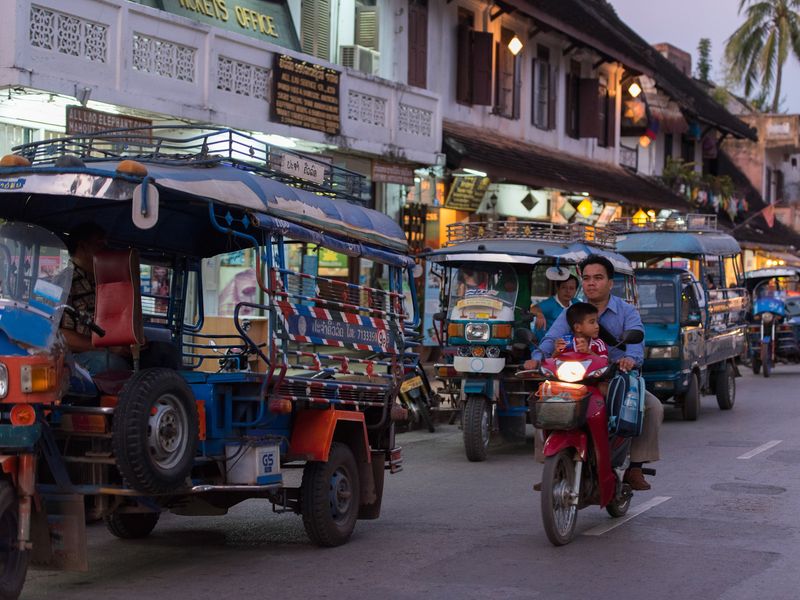Laos Less Travelled
Laos’ less-trodden paths exert a powerful pull, fuelled by a desire to experience something fresh, honest and untainted by mass tourism’s artificial sheen. Hin Nam No National Park - Laos’ newest UNESCO World Heritage Site, and one of the country’s most remote and revealing corners - fulfills that longing beautifully.
Towering limestone karst spires rise from thick forest, veined by subterranean rivers that stretch all the way to the Vietnamese border. At the park’s core lies Xe Bang Fai, one of the world’s largest river caves, hidden within the Annamite mountains. Hundreds of different birds, mammals, reptiles and plants inhabit the landscape, which is as rich in cultural heritage as biodiversity. The terrain is also laced with the scars of war, having once formed part of the Ho Chi Minh Trail.
With Hin Nam No as its heart, this journey crosses both better-known and lesser-visited parts of Laos, stretching overland from Luang Prabang to the 4000 Islands. Facing longer drives, bumpy roads and simple accommodation is well worth it to discover this less-travelled but richly rewarding route, threaded with local connections and cultural insight.
Watch the sun rise over the enigmatic Plain of Jars, drift by boat into the vast darkness of Kong Lor Cave, then move on to Hin Nam No’s wild landscapes and layered histories. Pause in the river towns of Thakhek and Savannakhet, before finishing in laid-back Champasak, within easy reach of Wat Phou’s ancient temples, the Bolaven Plateau’s coffee plantations, and the sleepy island villages of Si Phan Don.
Layers of Luang Prabang
Starting in Luang Prabang offers the best of both worlds: an ideal introduction to Laos’ gentle pace and a handful of highlight moments. Explore on foot with your guide, weaving between traditional houses, French-era facades, gilded temples and intriguing museums. Meet social entrepreneurs and makers in nearby villages, or cross the Mekong to its so-called ‘quiet side’ for a day of cycling through forest-fringed lanes. Pause in riverside communities to taste sticky rice roasted in bamboo and meet local potters continuing centuries-old traditions, then cruise back downstream at sunset. As evening settles, gather like the locals around a sin dat barbeque, cooking meat and vegetables over a charcoal burner with a cold Beer Lao in hand. Sociable, simple and deeply satisfying.
Legacy in the landscape
The windswept plains of the Xieng Khouang Plateau are scattered with thousands of stone jars, thought to be over 2,000 years old, giving rise to its anglicised name, the Plain of Jars. Archaeological research has suggested they may have been used for ancient burial rites, but the details of their true purpose remain a mystery. Though this is one of Laos’ most iconic sites, and another UNESCO World Heritage location, it remains relatively uncrowded thanks, in part, to its remoteness.
The surrounding region is also part of a more painful story from the ‘secret war’, and remains one of the most heavily bombed places on Earth. Visit the Mines Advisory Group (MAG) to learn how clearance work continues today, and see how the region’s communities are moving forwards. Visit local projects, including the Mulberry Farm collective of weavers and farmers, and discover the dedicated Lone Buffalo Foundation where young people learn key life skills through sport, mentorship and creativity.
Going underground
Further south, Hin Boun invites you to pause by forested limestone cliffs that rise above the fields, and alongside narrow rivers that loop through small villages. Settle into a simple riverside lodge, peaceful and remote, to take it slow and watch sunsets linger over the water… The highlight here is Kong Lor Cave, a vast underground river passage that runs over seven kilometres beneath the mountains. Step into a small boat and glide into the shadows, your torch flickering across the vaulted rock chambers and sculptural formations. Emerge into the sunlight to explore quiet villages, walk along glass-still lagoons, or take a kayak out onto the water.
Into the wilderness
Reaching Hin Nam No National Park is no small undertaking. The roads become rugged and access is by 4WD and longboat only, but the effort reveals one of Southeast Asia’s most extraordinary protected landscapes. Dense forests cling to jagged limestone towers and narrow pathways trace the route of the old Ho Chi Minh Trail. Trek through landscapes where diverse wildlife species thrive in near-seclusion, and traditional communities nestle among the cliffs.
Marvel at Xe Bang Fai, a vast river cave carved deep into the rock. Its cavernous, cathedral-like chambers are lit by shafts of sunlight and its depths are home to blind fish, bats and spiders among the ancient formations. The cave has long been revered by the local communities who manage the area, who believe it’s watched over by a protective spirit. Stepping carefully into this region under local guidance is a tangible way to support both its conservation and cultural preservation, and get a glimpse of a different side to rural Laos.
Secrets of the Mekong
Flowing stalwartly south through Laos, making its way towards the sea, the winding channels of the Mekong have attracted clusters of small communities to its banks for centuries. In the riverside town of Thakhek, life moves to a softer rhythm. Visit the golden Wat Sikhottabong, stroll through leafy streets lined with faded colonial buildings, and hear local legends tied to the mysterious Giant Wall - a stone formation that cuts across the surrounding farmland. Continuing south, Savannakhet is another small town with deep-rooted history. Explore its old quarter, where French missionary churches stand alongside Buddhist temples, and browse the local museum for deeper insights into the region’s heritage.
An unexpected archipelago
Relaxed Champasak, on the banks of the Mekong, is framed by palms, soft hills and quiet streets. Explore the ancient temple complex of Wat Phou - a UNESCO site older than Angkor, built dramatically into the base of a sacred mountain - or head inland to the cooler altitudes of the Bolaven Plateau, known for its waterfalls and coffee farms. Eventually, you’ll be pulled south, drifting into the island-scattered web of the 4000 Islands, otherwise known as Si Phan Don.
Travel by bike and boat between river islets, pausing in villages where pottery, basket weaving and fishing remain central to daily life. Sit down for a home-cooked lunch with a local family, and find quiet spots to watch the river flow by. Whether you’re ending your journey here or crossing into Cambodia or Thailand, the 4000 Islands is the perfect place for a couple of days dedicated to relaxation and nothing else.
A note on cost…
The guide price of £3,090US$3,990 is a per person price (not including international flights) staying 3 nights in Luang Prabang, 2 nights in Phonsavan, 2 nights in Hinboun, 1 night in Ban Langkhang, 1 night in Ban Nong Ping, 2 nights in Thakek and 3 nights in Champasak, in a mixture of simple accommodation and mid-range hotels.
